A Leader’s Journey of Reinvention: In Conversation with Lucy Grimwade
Back in April, we had the absolute pleasure of welcoming Lucy Grimwade to speak at our Women in Tech Series event: Tech to Change – A Leader’s Journey of Reinvention.
Lucy delivered an honest, powerful talk that struck a chord with many in the room. Sharing the highs and lows of her career in the technology sector, she took us on a personal journey through change, challenge, and ultimately, transformation.
From navigating career pivots to redefining her own path, Lucy spoke candidly about how she transitioned into her current role as a Change & Transformation Consultant, Career Coach, and Co-Author of Allyship Actually.
Her story was so inspiring that we want to share some of her advice and story with you through a quick fire Q&A session.
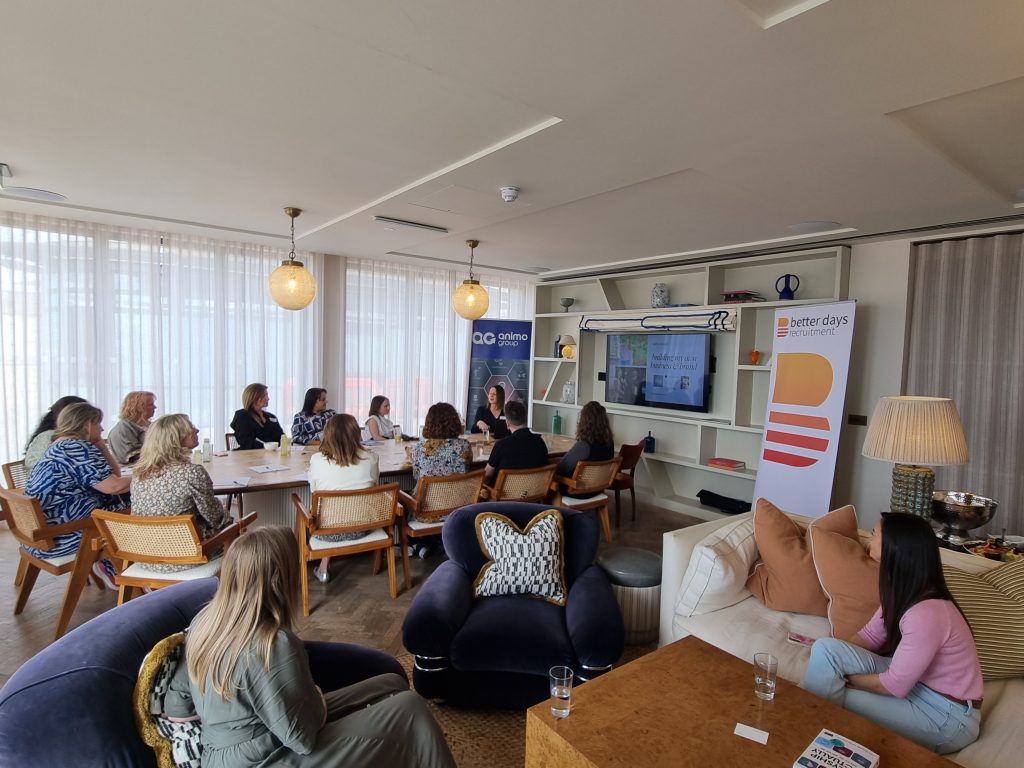

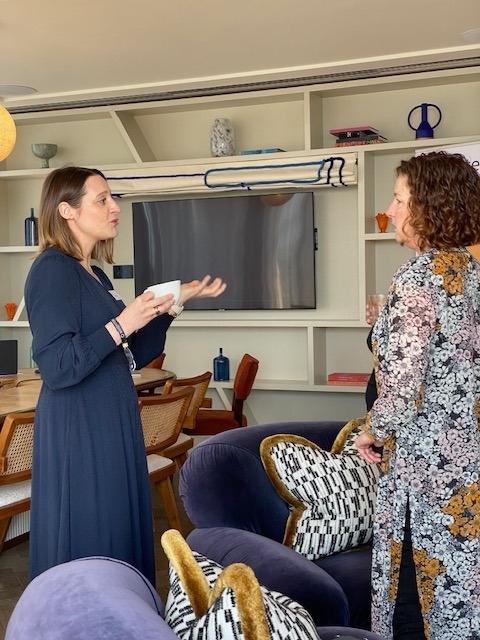
Q. At our event, you shared your career and personal journey with us. Can you share the story behind your transition from IT Service Management to becoming a transformation consultant and certified coach? What inspired that pivot?
A. “Sure. My journey started in IT support, it was hands-on, practical, and very much about solving immediate problems. Over time, I moved into improving the processes behind IT Service Management, which opened my eyes to the broader systems at play. But what always fascinated me wasn’t the tech, it was the people. Why change lands well with some and not others. Why some teams thrive and others resist. That curiosity led me to coaching then to change and transformation work. I got certified as a coach because I didn’t just want to deliver change, I wanted to actually help people with it. Coaching brought in the depth I was missing: the ability to really support individuals and leaders through the emotional and behavioural shifts that come with transformation.”
Q. You’ve worn many hats, consultant, coach, author, and speaker. How do these roles complement each other, and what’s the common thread that runs through them all?
A. “I think they do. Whether I’m consulting with a team, coaching an individual, writing a book, or speaking on stage, I’m trying to do the same thing: help people make sense of change (whatever that means to them).“
Q. What are some of the most common challenges you see professionals facing when navigating career change or leadership growth? How do you help them overcome these?
A. “A big one is identity. e.g. Who am I now that I’m not in that role or on that path? Whether someone is stepping into leadership or stepping away from a career, there’s often a loss of clarity, confidence, or belonging. It’s important to slow down and reconnect with values, strengths, and vision. We often think change is about action, but the most powerful work happens in reflection, then we can act with intention, not panic. (which can so often do).”
Q. Time and giving yourself time to reflect and think about your career was a theme that ran through the conversation at the event. Do you have advice on how to find this space and what steps people can put in place that can allow this to happen?
A. Absolutely, time for reflection doesn’t just appear, you have to protect it. I recommend creating non-negotiable “thinking time” in your calendar, even 30 minutes a week. Turn off your notifications, go analogue if you need to. Journal, walk, voice note yourself. Use prompts like “What’s energising me lately?” or “What would I do if I trusted myself more?” That space is where you can often be really true to yourself.
Q. You talk about authentic leadership. What does authentic leadership mean to you, and why is it so important in today’s business landscape?
A. “Honestly, to me, It’s about being deeply aware of your values, your impact, and your edges. It’s not about being perfect… it’s about being real. I think post-pandemic Trust is fragile and change is constant, people don’t just want capable leaders, they want ones that give a hoot. The best leaders I’ve worked with are the ones who can say, “I don’t have all the answers, but I’m here to listen and learn.”
Q. What are the top books that you recommend that can help support people thinking about change in their careers?
A. “Here are a few that come up time and again in coaching sessions”:
The Squiggly Career by Helen Tupper & Sarah Ellis
101 Essays That Will Change the Way You Think by Brianne Wiest
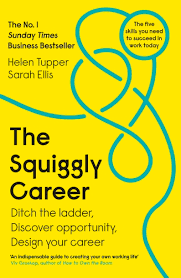
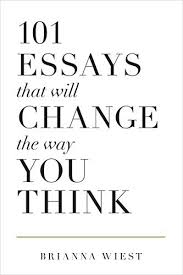
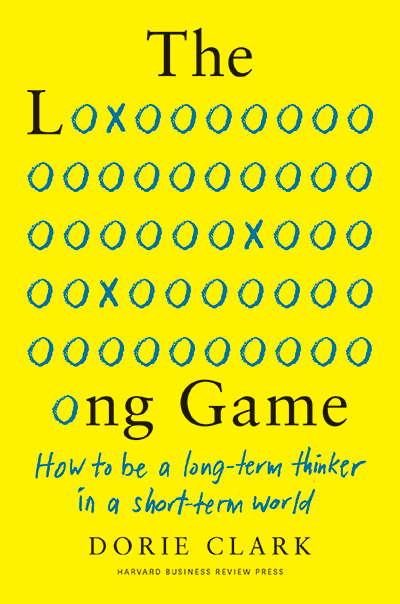
Q. Change in businesses is constant. When working with organisations on transformation initiatives, what’s the most overlooked aspect of change management?
“Great question. To be honest it is often that emotional undercurrent. We still think of change as a project plan or a Gantt chart. Most organisations focus on communications and training (which is totally needed) but miss the emotional and identity shifts people are going through. The best change strategies build in space to listen, adapt, and support people as people, not just roles.”
Q. How do you tailor change strategies to accommodate different personality types or leadership styles within an organisation?
“You’ve got to meet people where they are. Some leaders want data, others want stories. Some team members need reassurance, others want a roadmap. I use coaching tools, personality insights, and stakeholder mapping to understand who needs what and when. I also make sure change comms and engagement activities speak to both the head and the heart.”
Q. You’re a strong advocate for mental well-being due to your challenges and experiences within the technology sector. What are some actionable ways leaders can foster safe environments for people struggling with their mental health?
“Start by modelling it yourself, talk about stress, rest, and boundaries. Create regular check-ins that aren’t just performance-related. Build psychological safety into your culture by rewarding honesty and vulnerability, not just outcomes. And invest in training!! Not just mental health first aiders, but for leaders on how to have real conversations. A safe environment isn’t just about support when things go wrong. It’s about noticing early when someone’s not ok.”
Q. Your work also touches on inclusion and allyship. What does meaningful allyship look like in a corporate setting, and how can organisations move beyond performative gestures?
“So, Allyship is not a badge… it’s a behaviour. It’s what you do when it’s inconvenient, or when no one’s watching. It means using your privilege to create space for others. It’s challenging bias in the moment, advocating for equity in hiring and promotion, and listening to lived experiences with humility. Organisations move beyond performative allyship when they stop treating it like a campaign and start embedding it into culture, policy, and leadership accountability.”
Interested in attending our next event? Follow us on LinkedIn to keep updated on the latest events and blogs


